1. Ashtrays Everywhere
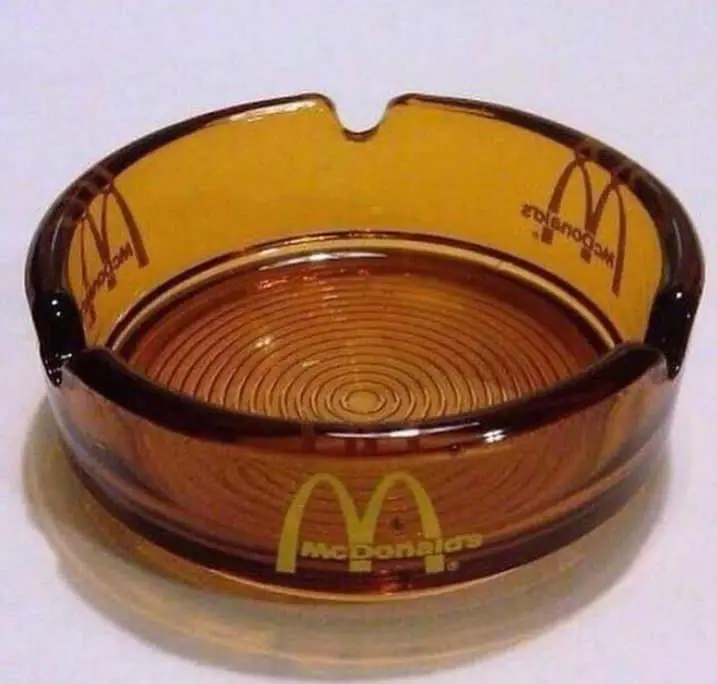
In the 60s and 70s, ashtrays were a permanent fixture in nearly every room of the house, from the living room coffee table to the kitchen counter. These days, smoking indoors is less common, and the sight of an ashtray filled with butts is practically unheard of. Yet, back then, those ashtrays were the perfect cozy accessory, often decorated in ceramics or even made of glass with funky designs.
2. Wood Paneling on Every Wall
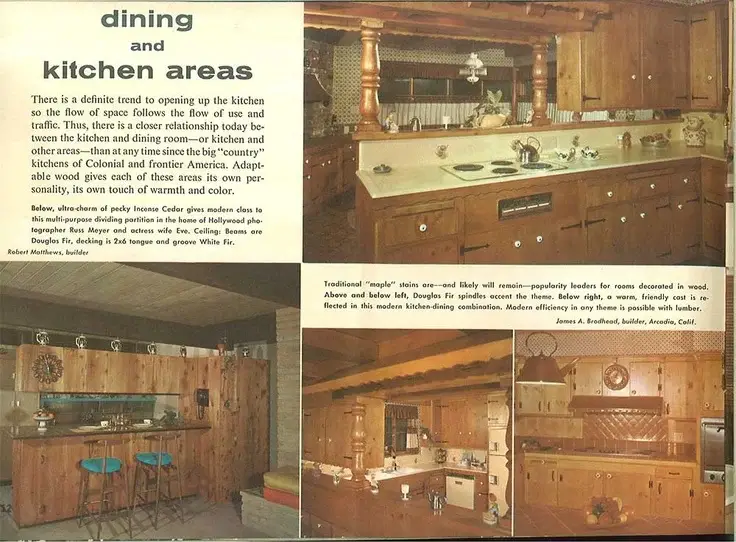
Wood paneling was the epitome of home décor in the 70s. Whether in the living room, basement, or even the kitchen, these faux-wood panels screamed “modern living.” Today, it’s often seen as dated or even tacky, but for a long time, it was considered the height of sophistication and style. Now, it’s a rare find, replaced by sleek drywall and modern finishes.
3. Rotary Phones
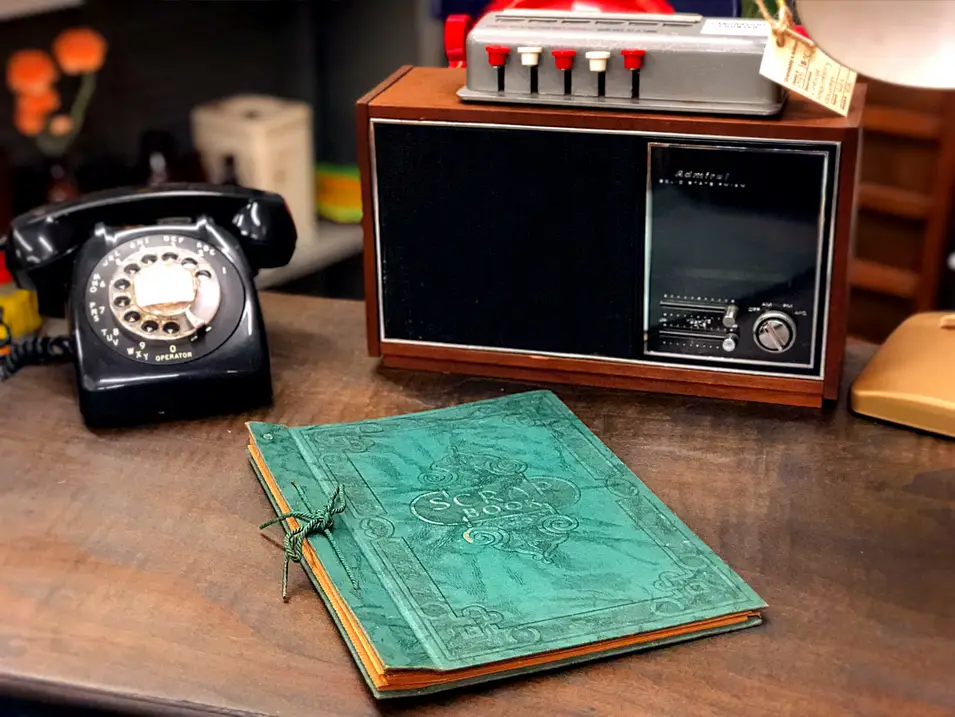
Before cell phones and even push-button landlines, the rotary phone was the pinnacle of communication technology. Those circular dials were like a mini workout for your fingers, requiring a solid grip and careful turning. Now, they’re more of a vintage novelty, occasionally spotted in antique shops but otherwise largely forgotten.
4. Chalkboards in Kitchens
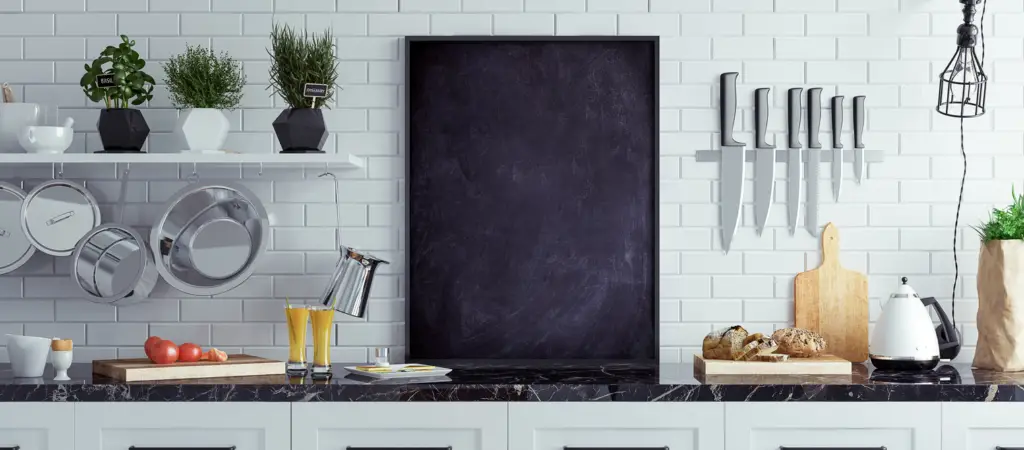
Before smartphones and reminders on refrigerators, parents would use chalkboards to keep track of family schedules, grocery lists, and notes. These simple blackboards were a hub of activity in many kitchens, but with the rise of digital calendars and reminders, the chalkboard has fallen out of favor.
5. Macramé Wall Hangings
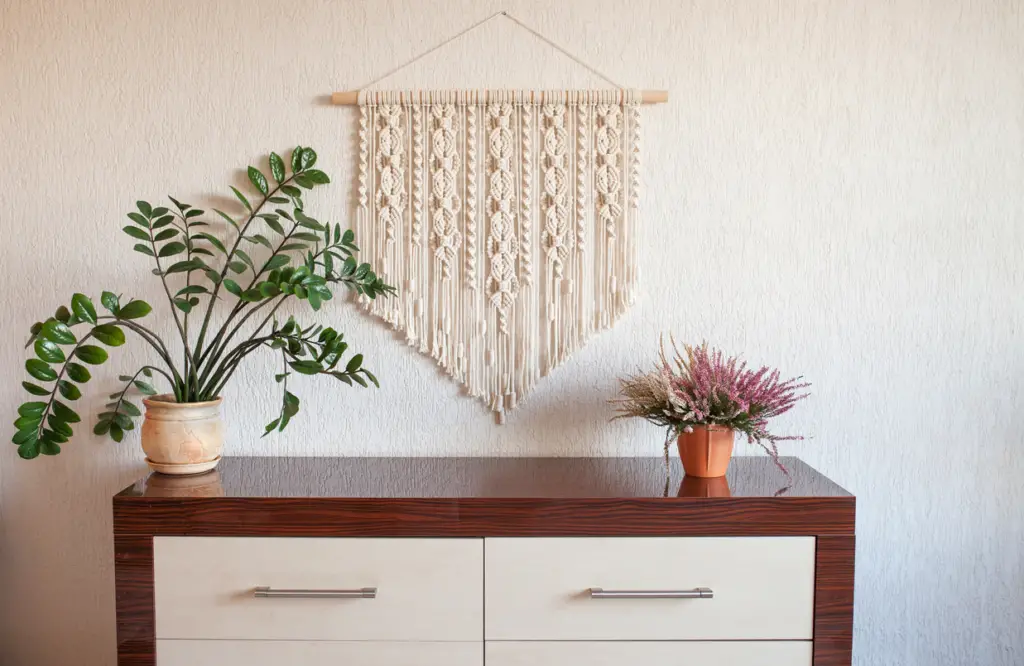
Ah, macramé—the intricate, knotted art form that adorned many a living room wall. These hand-crafted plant hangers or decorative wall pieces were a staple of bohemian décor in the ’70s. While they’ve made small comebacks in certain artistic circles, they’re largely a thing of the past, relegated to thrift stores and vintage boutiques.
6. Metal Blinds
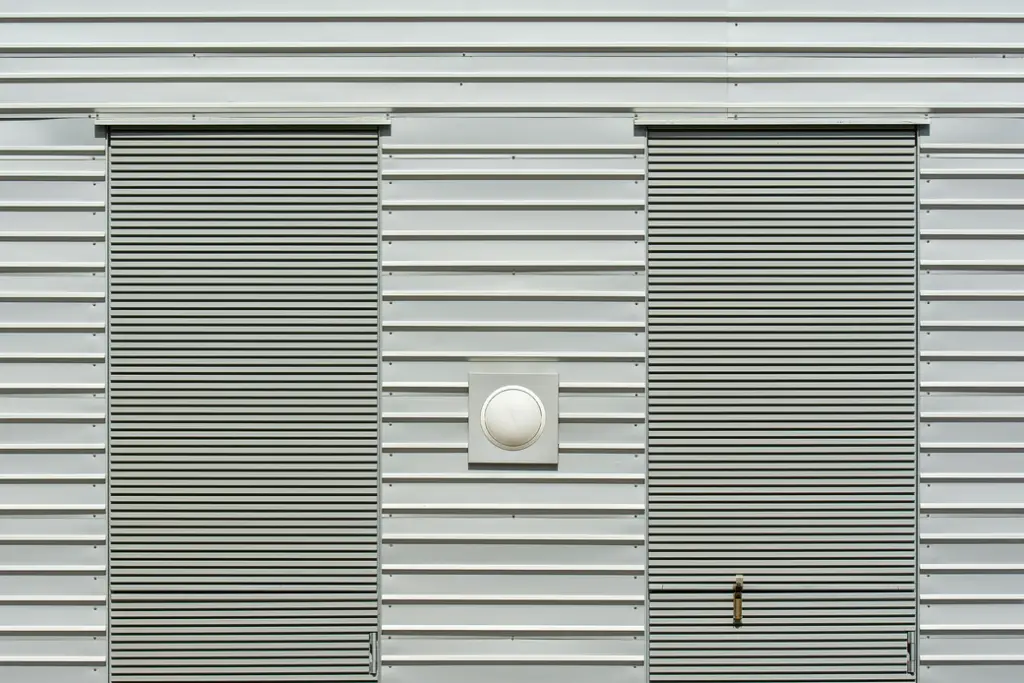
Blinds made of metal, particularly those in gold, bronze, or silver, were a classic sight in many homes of the 60s and 70s. While modern homes tend to favor fabric curtains, shutters, or even smart shades, metal blinds are all but a memory—unless you’re walking through a nostalgic time capsule home.
7. Avocado Green Appliances
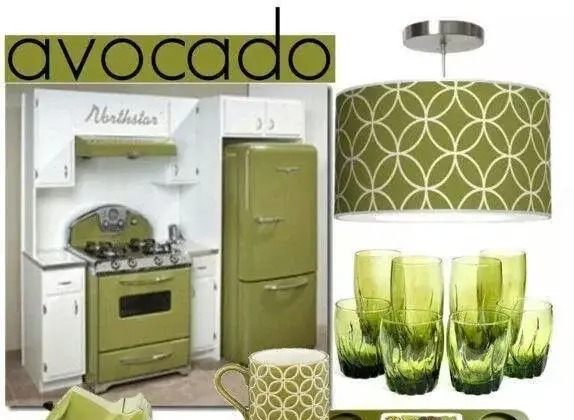
Long before stainless steel took over, colors like avocado green and harvest gold dominated kitchen appliances. The avocado green refrigerator, stove, or microwave was seen as stylish in its day, but now it just feels, well, vintage. Most homes today would cringe at these colors, opting instead for sleeker, more neutral tones.
8. Record Players (and the Records!)
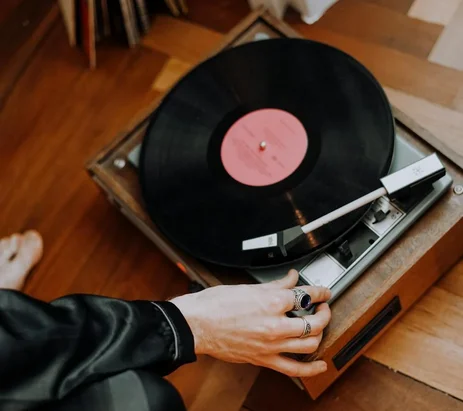
While vinyl has made a small comeback in recent years, many homes once had a record player as the centerpiece of their living room entertainment setup. Along with it came an impressive collection of albums, from The Beatles to Frank Sinatra. Today, the digital age and streaming services have pushed record players to the back of the closet, with CDs and vinyl sitting more as nostalgic curiosities than functional entertainment devices.
9. Plastic Covers for Furniture

To keep the furniture pristine, some parents resorted to the infamous plastic slipcovers that encased everything from couches to chairs. It was all about preserving the fabric and avoiding spills, especially with children in the house. These days, the thought of sitting on a plastic-wrapped couch seems almost unbearable, and slipcovers have mostly been replaced with more stylish, functional alternatives.
10. The Spice Rack (and all the Old Spice!)
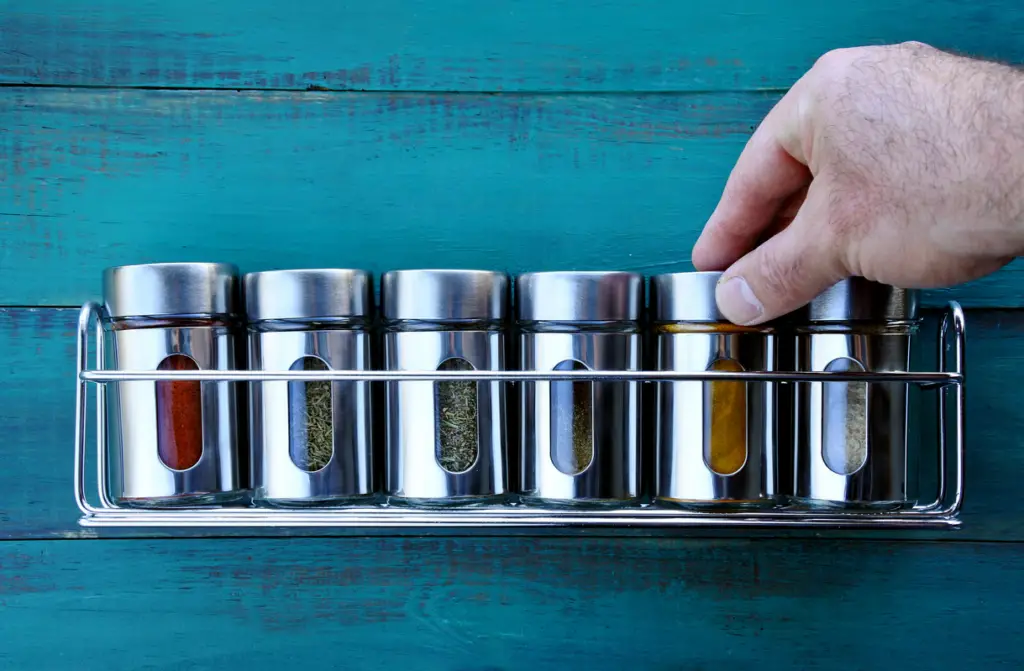
Every kitchen once had a spice rack filled with those small, colorful glass jars of herbs and spices. It was a sign of a well-stocked kitchen, and the variety of flavors made meals feel special. Today, many kitchens are more streamlined, and people prefer using fresh herbs or individual spices that they buy when needed, making those old spice racks feel like a relic of a different time.
11. Canisters for Everything
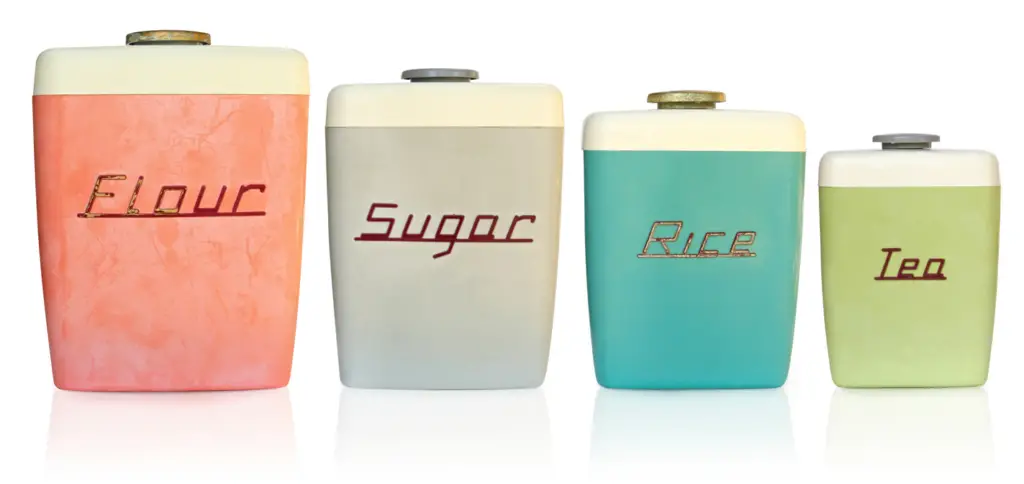
Kitchen counters once featured rows of canisters in sets of four or five, designed to hold everything from sugar to flour to coffee. These bulky ceramic canisters came in all kinds of designs, from simple white to floral prints. They’ve been replaced with sleek, modern containers or simply put away in cupboards as we’ve opted for more minimalist counter spaces.
12. Tupperware Parties
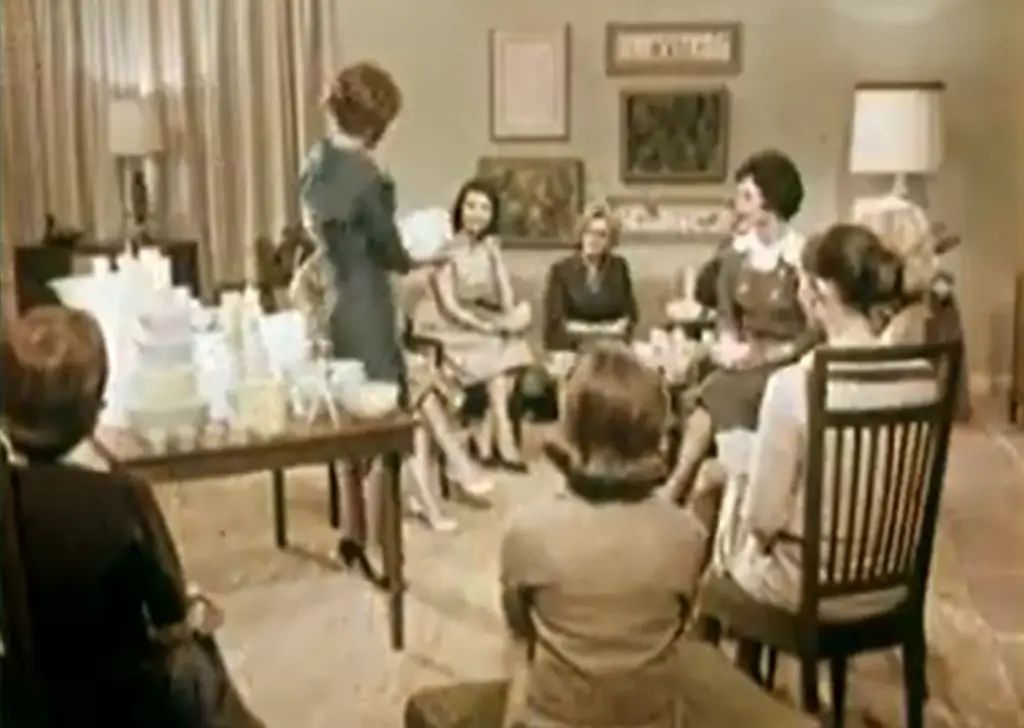
In the 1960s and 70s, Tupperware parties were the social event of the decade, where friends gathered in someone’s living room to buy storage containers in every size and shape imaginable. These parties became almost as much about the socializing as they were about the product, but with the advent of cheaper, more readily available containers and the rise of online shopping, Tupperware parties have all but disappeared.
13. Cedar Chests for Storing Blankets
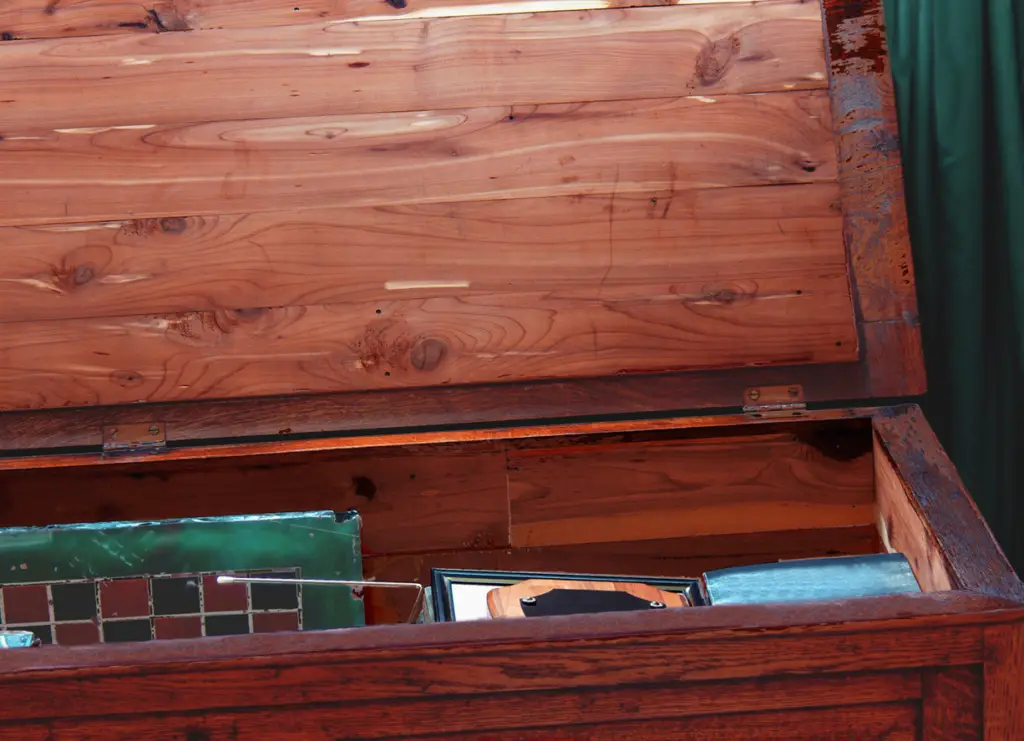
Before the age of plastic bins and vacuum-sealed bags, many homes had a large cedar chest, a place to store blankets, linens, and keepsakes. The scent of cedar was both a natural moth repellent and a pleasant aroma in the home. While they are still used today as decorative pieces, they are far less common than they once were.
From shag rugs to plastic-covered couches, these household items were once the essence of family life, marking an era when things were simpler, more communal, and less digitized. As technology and culture continue to evolve, these nostalgic objects serve as fond reminders of a time when life had a slower pace, and the home was where everything happened.


